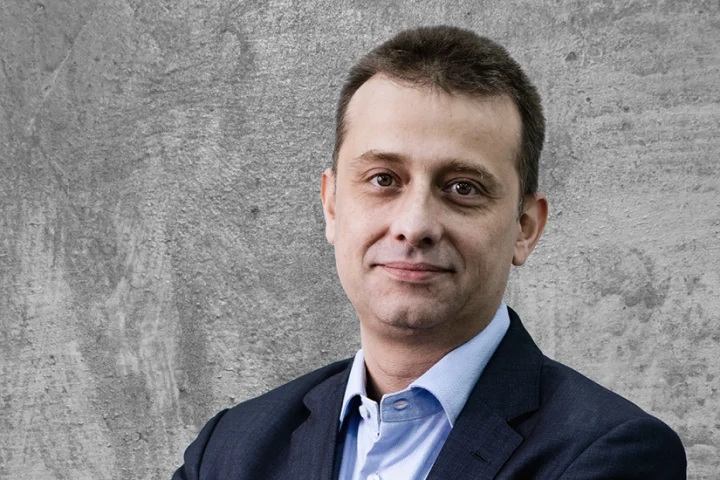What are the traits of secure backup?
Backup in general is not given its due attention and the results can cost organization millions of dollars in losses. There are many traits of a secure backup, and, data encryption plays a vital role. Encryption ensures that even if data is accessed by unauthorized people, it is still inaccessible to them.
Data loss can happen due to human error, hardware or software failure, data corruption or cyberattacks. Therefore, another important aspect is the relocation of data to an offsite secure remote location, both for short term as well as long term gains. One must also consider remote location storage as it helps protect business data. It also provides easy access to information and faster recovery of files in case of a disaster.
Access to backup data must be provided on a need to know basis as it ensures that security policies are followed. Any diversion from these policies can entail severe compromise of data, especially with personnel who are not privileged to gain access to critical data. Simultaneously, one must look at user identity and authentication for access control. However, while putting this into action, companies must also ensure that the user experience is not compromised.
How should a 2017 CIO design or deploy his Backup and recovery architecture?
CIOs must ensure that there is adequate backup of the application/web server and the database server. This can be done by following a few simple rules, a systematic restricted network and other policies that match industry standards. There must be clear guidelines defining the authorization of access to backup servers which follow dual factor authentication.
In order to ensure high standards of data security, data encryption is imperative. With mobile devices, it is also important to have very strong passwords which help in preventing unauthorized access when recovery tools are being used to recover backed up data. Simultaneously, CIOs must also protect data by ensuring that any unauthorized personnel do not have the rights to view backed up data.
When setting up infrastructure for the backup process, there should be a strict monitoring system which identifies and tracks operations performed by unauthorized personnel and must be able to have the trail identified. Simultaneously, there should be a systematic approach to monitoring the logs to identify any suspicious activity.
There are several other factors that make up the design and deployment of backup and recovery. CIOs must ensure that data is backed up across LANS, WANs and also at remote offices and branches. In doing so, it is also vital to ensure that there is a proper backup structure which aligns with the effectiveness of the resources.
While creating backup plans, organizations must also take into account the different types of devices that will fall into the backup framework and include, servers, laptops, etc. There must also be pre-identified backup data retention periods which may vary from a month, three months or a year to adhere to compliance requirements.
Most of the backup jobs require skilled professionals and more often, organizations do not have the bandwidth or the budgets to handle the situation. The one way to circumvent this is by outsourcing the backup function to experienced backup providers who draw up SLAs to ensure that the job is tackled to suit the customer’s distinct requirements.
How does your RTPO compete with other solutions in the market?
eHDF can achieve RTOs and RPOs as defined by the customer with the use of various technologies. With near zero RPOs, 15 mins RPOs to 24 hours RPOs, we can plan a suitable backup/recovery technology based on exact customer requirements.




















